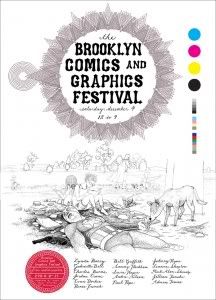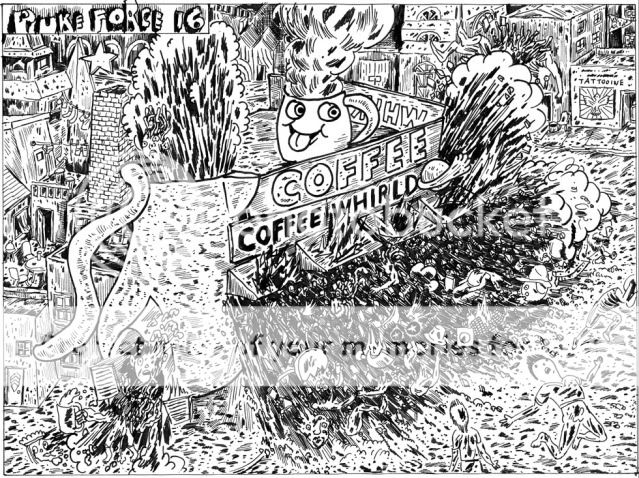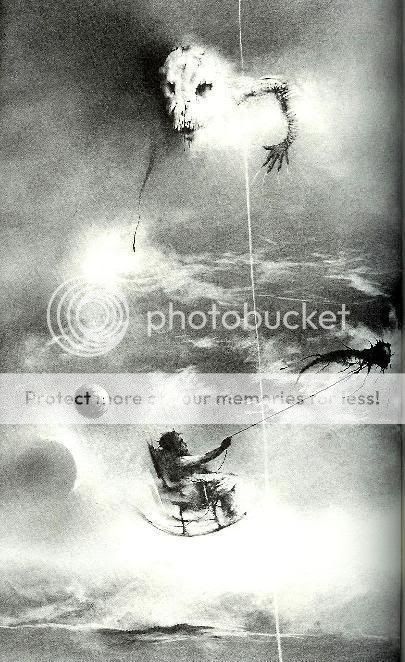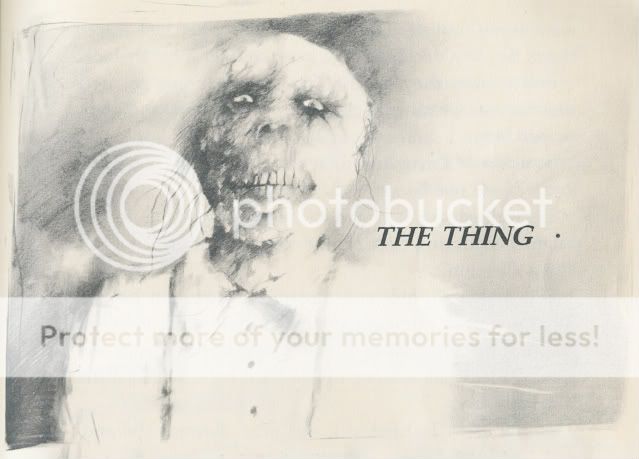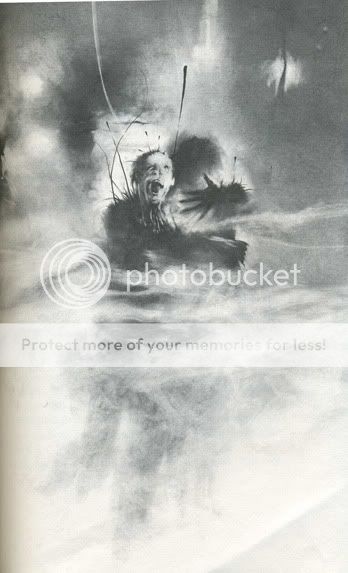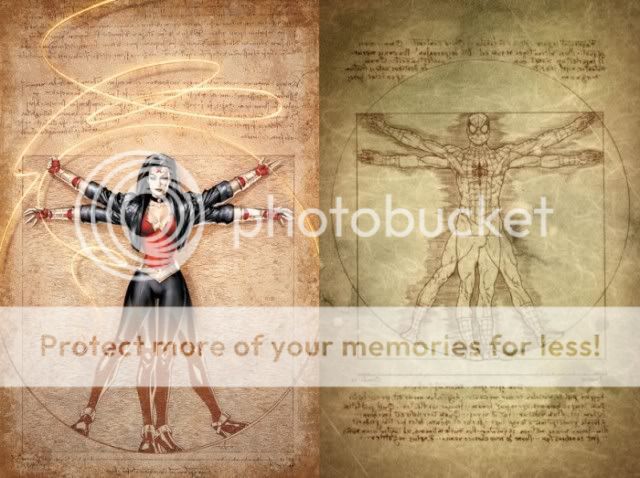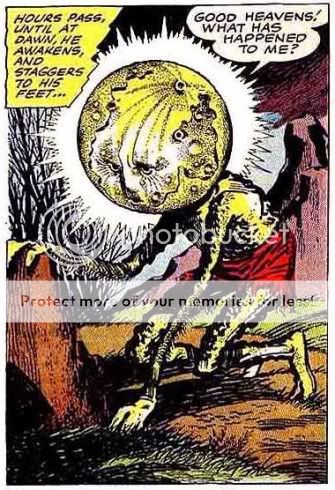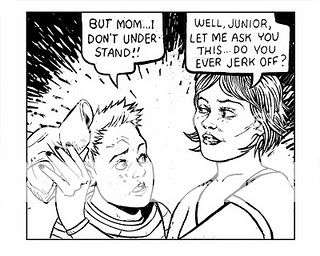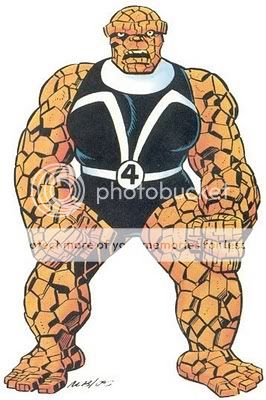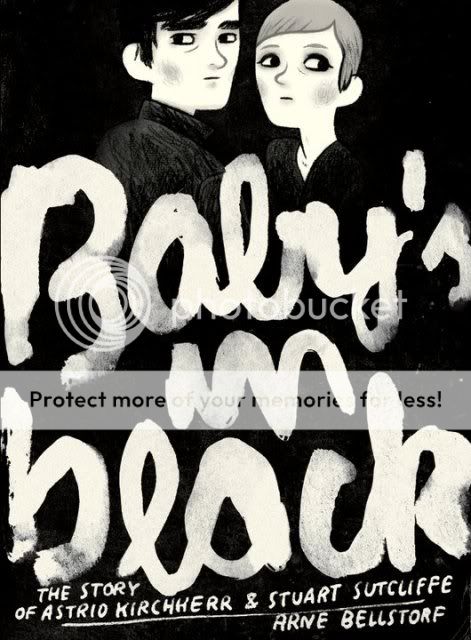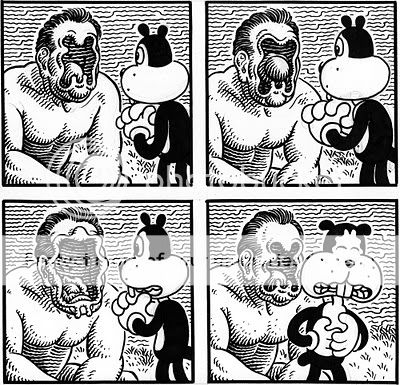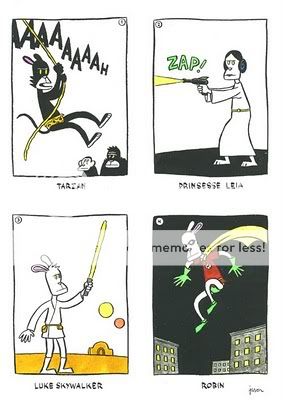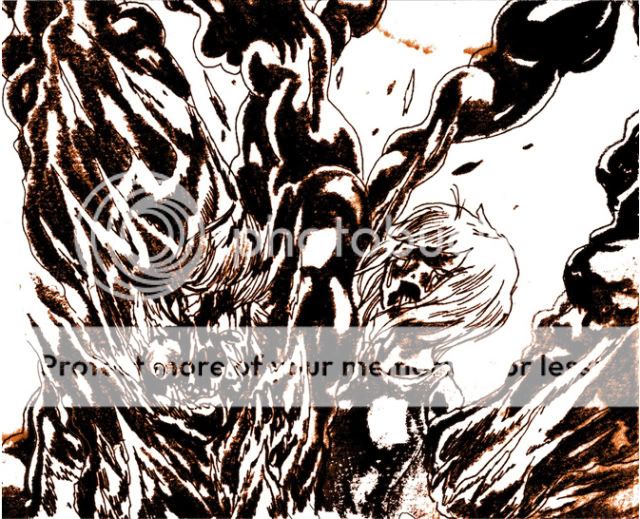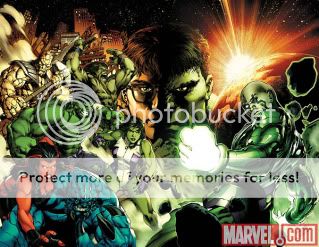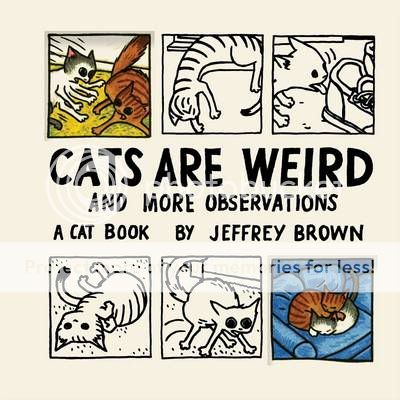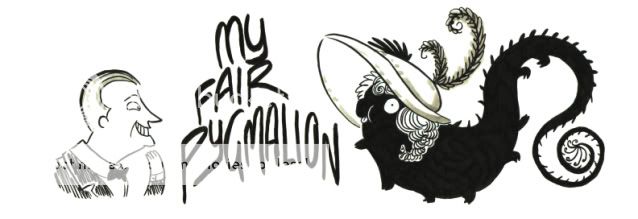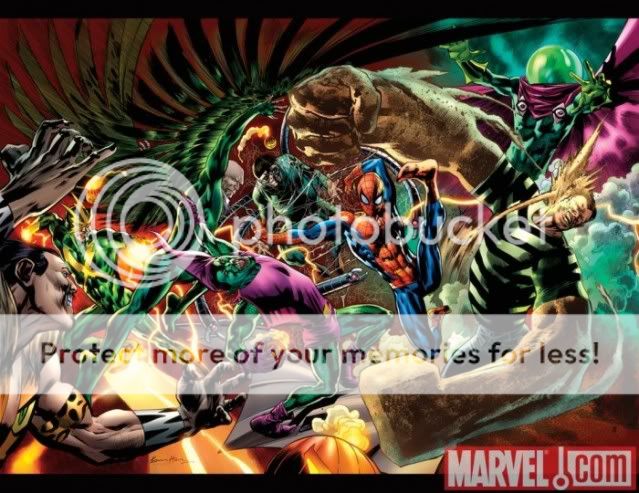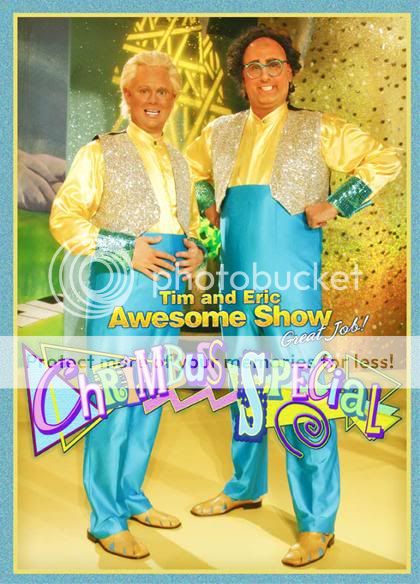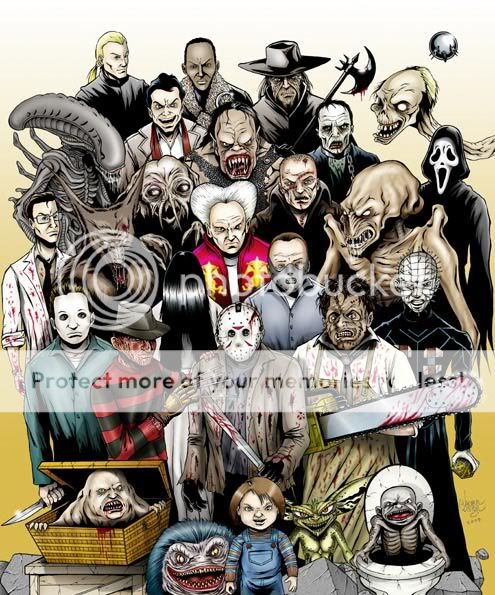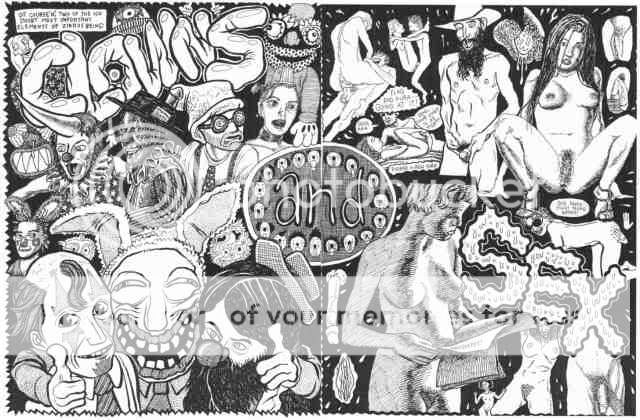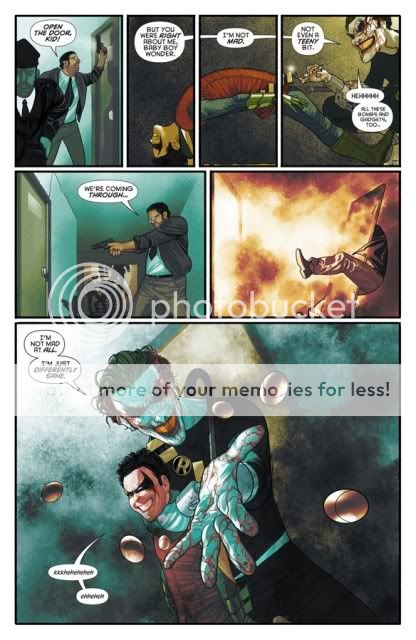

Batman and Robin #14
Grant Morrison, writer
Frazer Irving, artist
DC, September 2010
24 story pages
$2.99
Despite liking this issue more than any other single-issue Batman comic I’ve ever read–short version: shuddery stylish Lynchian atmosphere with genuinely horrifying villains, cool action sequences, killer art, and a sense that it’s fun to be a Batman comic–I didn’t want to review it, simply because I’ve reviewed like a billion Grant Morrison Bat-books. But a quick check of my left-hand sidebar reveals that I’ve run only five such reviews; that’s a tie for third place in the Attentiondeficitdisorderly Review Sweepstakes with Big Questions, compared to eight separate reviews for MOME and a whopping eleven for King Shit of Comics Time Mountain, Cold Heat. (It’s Frank Santoro’s world–we just live in it.)
So what the hey, let’s talk about artist Frazer Irving and artist Frazer Irving only. Irving emerges here as Morrison’s single best collaborator, I think. This is something of a surprise, not only because of the existence of Frank Quitely, but because this pair’s previous Bat-collabo, Batman: The Return of Bruce Wayne #2, was a murky, hard-to-follow mess, owing largely to Irving’s failure to properly differentiate his Puritan-garbed Bruce Wayne from his similarly attired antagonist. (This has its in-story reasons, as it turns out, but still.) This issue, however, is the kind of thing where you could just go page by page enumerating all the visual high points and let that make your argument for you. To wit!
* Page one: The steely blue color of abandoned Wayne Manor
* Page two: The Joker cowering on the floor, turning to face us only after he’s revealed he’s been in control all along
* Page three: The Joker’s awkward positioning of his hands, closed eyes, off-balance body language, and big grin conveying how he’s flailing around without a care in the world, so confident is he that he’ll best his tiny, deadly opponent Robin; the barely visible splash of blood when the Joker scratches Robin’s face with his poisoned fingernails
* Page four: The emergence of aquamarine against he ugly brown background as Robin begins hallucinating; depicting Robin’s spasms by showing him against the floor, propped up only by his heels and the back of his head–his whole body an inverted rictus
* Page five: The sudden shift from blue-green to bright orange as the explosion hits–the door has already been blown clear across the hallway and knocked the cop off his feet, as though we blinked and missed a panel
* Page six: What do you even say about this image of Professor Pyg hanging upside-down, held up by barbed wire, in the womb of his monument to his imaginary mother? It’s an absolute killer, but I will add that the belly-fat rolls are a nice touch.
* Page seven: The choreography of the Senator’s recoiling away from Doctor Hurt’s gunshot; the tangent linking the vomit bucket to the pumpkin with teeth in it (yes, it’s that kind of comic)
* Page eight: The fact that this action sequence is colored pink; the motion of Gordon’s body and trenchcoat in panel three
* Page nine: The color palette’s shift to orange with every gunshot; the cantered frames
* Page ten: The way Batman’s body seems to spin with each panel
* Page eleven: The final three panels leaning forward into one another, pushing Batman and the viewer along to the inevitable explosion
* Page twelve: That top-most silhouetted body flung into the air by the explosion, limbs dangling backwards
* Page thirteen: Professor Pyg’s proclamatory pointer-finger gesture as he announces “Je suis showbiz!”; the quasi-fisheye view of Hurt, Pyg, and their minions walking down the hall, as though they’ll breeze right past us in another second
* Page fourteen: The musculature of Dick Grayson’s bare back
* Page fifteen: The light from the doorway as Batman runs to the Batcopter
* Page sixteen: Conveying Commissioner Gordon’s disorientation when he awakes by drawing the panel upside-down, but in such a way that we can only tell for sure that it is upside-down if we flip it upside-down ourselves
* Page seventeen: The way panel three is lit from below and to the left; the consistency of the profile of Pyg’s mask in panels five and six
* Page eighteen: Pyg’s gut sticking out when he suspects he’s being made fun of for his weight problem
* Page nineteen: Pyg and Hurt, the Diabolical Duo
* Page twenty: Batman’s whirling-dervish fight choreography
* Page twenty-one: The look on Batman’s face as he lands the punch in panel four; Pyg’s pose when he tells Batman “I can’t blame you for finding me attractive”
* Page twenty-two: Batman’s flat boot-sole connecting with Pyg’s flat pig-nose; the fountain-like silhouette of Batman’s cape as he lands
* Page twenty-three: The ungainly way Batman whips around to see who’s behind him, when it turns out it’s no one and he was being tricked by Gordon–the pose conveys that he’s been duped
* Page twenty-four: Joker in the Batcave at last; the smiley face painted on the bound-and-gagged Robin; the final three images of Batman, the Joker, and Doctor Hurt
I’ve read a lot of superhero comics, and this sort of attention to detail is all but nonexistent. To rely this much on subtle shifts of figurework and coloring to convey both vital plot information and to enhance our understanding and appreciation of the physical combat that is superhero comics’ bread and butter, to have the chops to pull it off and the confidence to even try…well, it’s pretty much unheard of outside of some really titanic stuff, Dave Gibbons on Watchmen/Frank Quitely on All Star Superman-type stuff. And while Irving shares with Quitely a genuine, contemporary sense of style and art that allows for neon-bright colors to really pop, his work (perhaps because he does all the color and texture himself) feels fuller. Flipping through the book again before writing this sentence I realized that Irving will drop backgrounds just as often as Quitely does, but with his billowing puffs and swirls giving every panel depth, you’d never know it from memory. Irving took a comic it was apparently a struggle to convince people who needed to be convinced he should even be involved in and handed in the best-drawn superhero comic of the year, and honestly one of the best-drawn comics of the year period. Bravo.

